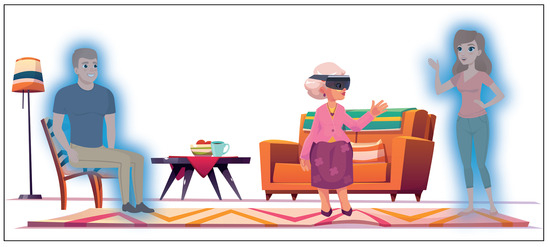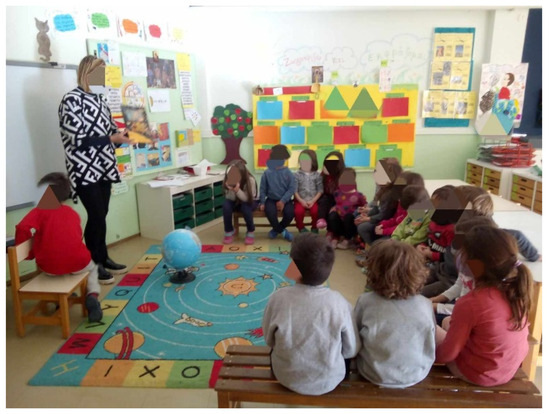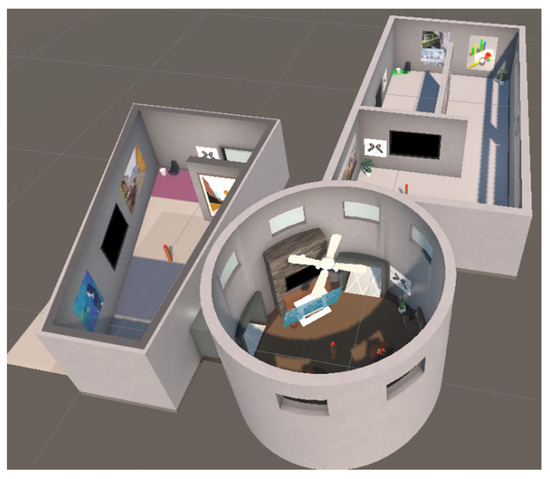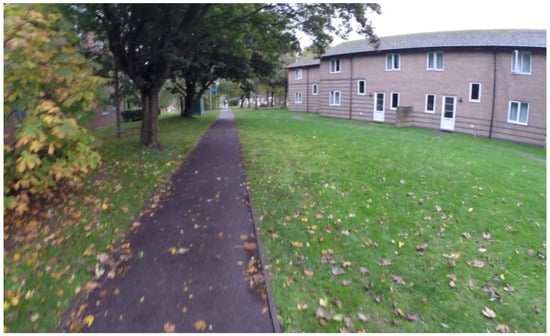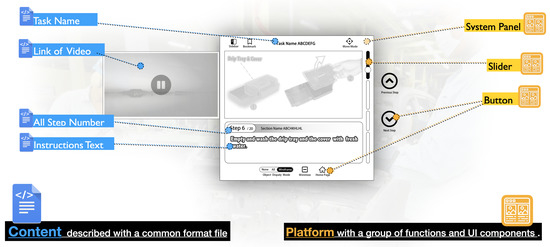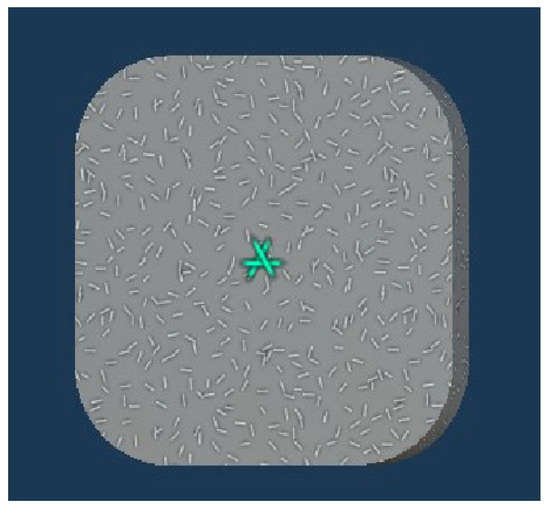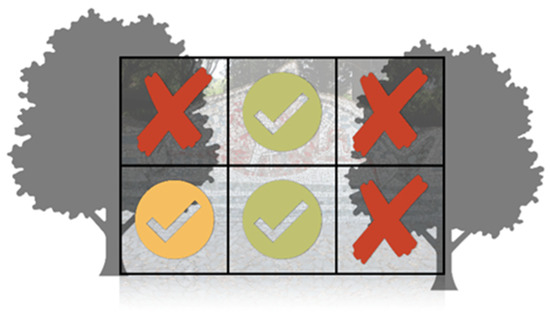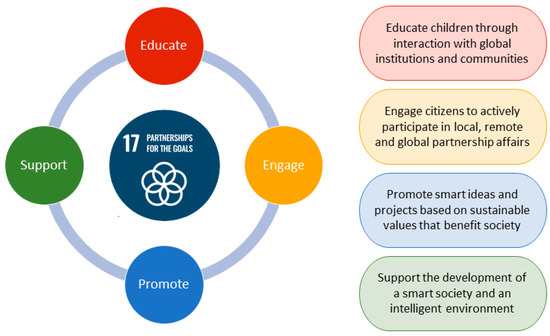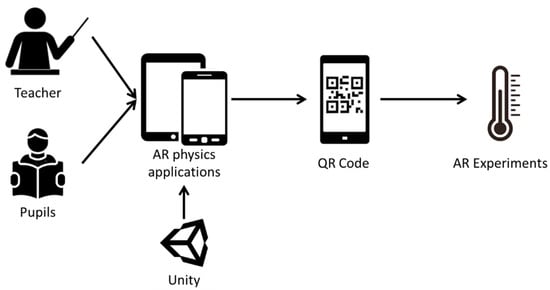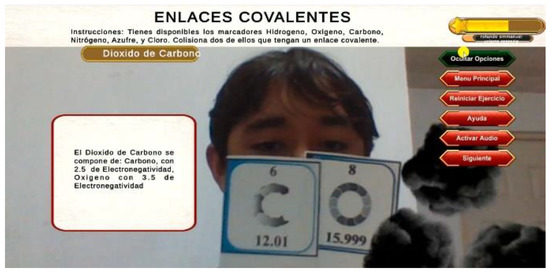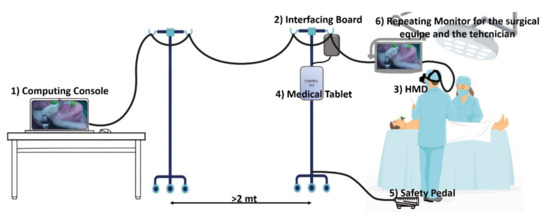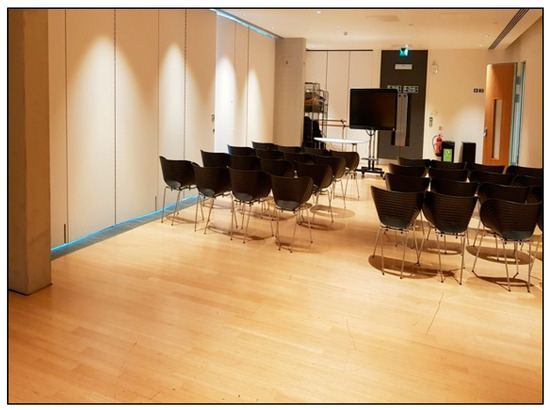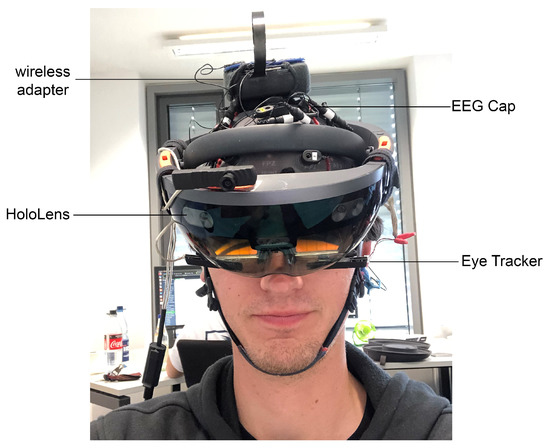Augmented Reality Technologies, Systems and Applications
A topical collection in Information (ISSN 2078-2489). This collection belongs to the section "Artificial Intelligence".
Viewed by 113193Editors
Interests: inclusive accessible and adaptative learning; learning management systems; co-creation; open educational resources; augmented reality; game-based learning; gifted students
Interests: Augmented Reality and Virtual Reality in education; mobile learning; motivation for learning
Interests: learning management systems; open co-creation; open educational resources; Augmented Reality; Virtual Reality; eLearning; data analysis
Topical Collection Information
Dear Colleagues,
The MDPI Information Journal invites submissions to a Topical Collection on “Augmented Reality Technologies, Systems and Applications”.
Augmented Reality (AR), which adds virtual content to our real-world environment, is expected to become a mainstream technology. An AR system allows for combining or “supplementing” real-world objects with virtual objects or superimposed information and is considered to be an immersive technology. As a result, virtual objects seem to coexist in the same space as the real world. AR brings the possibility of interacting with the physical and virtual world using cutting-edge technologies. This field has been actively growing over the past two decades, and there is an increasing interest in research on AR to uncover the real benefits of using this technology in a wide variety of fields.
The purpose of this Topical Collection is to discuss key issues, approaches, ideas, open problems, affordances, innovative applications and trends in augmented reality, in the areas of medicine, tourism, cultural heritage, arts, education, entertainment, and industrial applications.
We encourage authors to submit original research articles, case studies, reviews, prototypes, proofs of concept, theoretical and critical perspectives, and viewpoint articles on but not limited to the following topics:
- AR development frameworks;
- AR technologies;
- AR collaborative applications;
- Personalized AR systems;
- AR accessibility, usability and ergonomics;
- AR authoring tools;
- Co-creation and co-design of AR applications and content for AR applications;
- AR Applications in the fields of healthcare, virtual travel, cultural heritage, arts, education, industrial, e-sports, games, etc.;
- Social aspects of AR applications.
Dr. Ramon Fabregat
Dr. Jorge Bacca-Acosta
Dr. N.D. Duque-Mendez
Collection Editors
Manuscript Submission Information
Manuscripts should be submitted online at www.mdpi.com by registering and logging in to this website. Once you are registered, click here to go to the submission form. Manuscripts can be submitted until the deadline. All submissions that pass pre-check are peer-reviewed. Accepted papers will be published continuously in the journal (as soon as accepted) and will be listed together on the collection website. Research articles, review articles as well as short communications are invited. For planned papers, a title and short abstract (about 100 words) can be sent to the Editorial Office for announcement on this website.
Submitted manuscripts should not have been published previously, nor be under consideration for publication elsewhere (except conference proceedings papers). All manuscripts are thoroughly refereed through a single-blind peer-review process. A guide for authors and other relevant information for submission of manuscripts is available on the Instructions for Authors page. Information is an international peer-reviewed open access monthly journal published by MDPI.
Please visit the Instructions for Authors page before submitting a manuscript. The Article Processing Charge (APC) for publication in this open access journal is 1600 CHF (Swiss Francs). Submitted papers should be well formatted and use good English. Authors may use MDPI's English editing service prior to publication or during author revisions.
Keywords
- Augmented Reality
- Immersive technologies
- Personalization
- Accessibility
- Usability
- Co-creation and co-design
- Human-computer interaction










